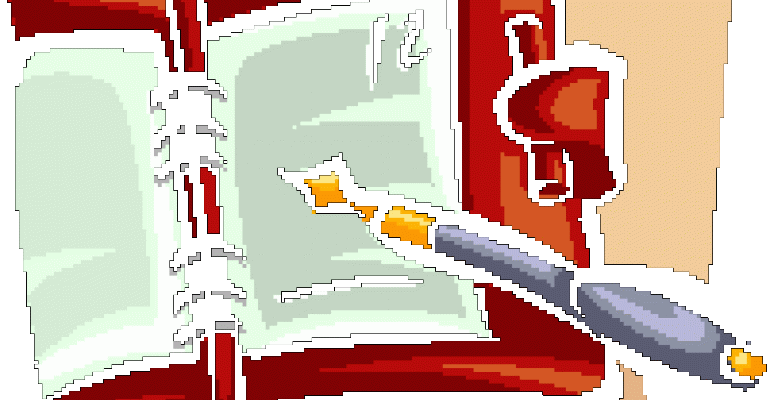 Interested in a no-hassle way to identify your top-performing servers and give them first crack at your restaurant’s most desirable shifts? That’s one of the capabilities touted by MUSE, a software system from Objective Logistics now in test at the Not Your Average Joe’s chain in Massachusetts. But is scheduling servers really such a burdensome task that you need powerful software to automate it?
Interested in a no-hassle way to identify your top-performing servers and give them first crack at your restaurant’s most desirable shifts? That’s one of the capabilities touted by MUSE, a software system from Objective Logistics now in test at the Not Your Average Joe’s chain in Massachusetts. But is scheduling servers really such a burdensome task that you need powerful software to automate it?
Objective Logistics, a New Bedford, MA, software startup, describes MUSE as an artificially intelligent, web-accessible labor management platform. It offers an array of features promised to ease labor planning and schedule generation, areas in which restaurant owners and managers are often looking for help. We don’t know how well MUSE works in the real world, but the team of operators, academics and engineers behind it think applying the basic tenets of behavioral science and engineering to a restaurant setting can produce meaningful results.
MUSE’s core idea is to automatically track the performance of a restaurant’s service staff and display the results leader board-style for all to see. The premise is that staffers will compete to be among the leaders, the reward being better shifts and, most likely, more money for both them and you.
Here’s how Objective Logistics positions this part of its package:
“Staff can take comfort in knowing that their fate is truly in their hands. Gone are the days of politics, in fighting over shifts, favoritism and business as usual. Let your staff earn what they want: the ability to name their schedule, and inherently the amount of money they take home at the end of the day. MUSE aligns the incentives of management and staff, and in doing so makes everyone’s lives a little easier, and a lot more profitable.”
Whoever thought up this angle is dead-on about how waitstaffers think and how competitive they can be when it comes to getting the best shifts. Merely enabling restaurant managers to automate this part of the scheduling process would be a selling point in its own right, but MUSE makes some specific promises about the economic benefit of doing so.
The company arrived at its figures this way:
“A team of crack mathematicians and scholars from the University of Pennsylvania’s Wharton School and INSEAD (an international graduate business school) have run the regressions and performed the analyses. In restaurants, the top 10% of employees add $8.54 to every check. The bottom 10% actually subtracts $7.21. In many cases it’s even more extreme. MUSE creates a competitive environment, and in doing so shifts the bottom to the middle, the middle to the top and the top through the glass ceiling – we conservatively predict a 2-4% increase in sales at the outset.”
There are several scheduling software systems already on the market that do a good job of simplifying what can be a problematic part of a restaurant manager’s job. Schedulefly, 86shifts, Hotschedules and others have proven effective in actual restaurant settings, and each has its fans.
We don’t know if MUSE will join them. But a system that automatically boosts your best performers in a transparent way would appeal to many restaurant operations. You can find out more at http://objectivelogistics.com.
One caveat: Experienced restaurant operators acknowledge that while employees prefer certain shifts over others, what they really covet are getting the best sections on those shifts. In some cases, employees may well prefer being assigned the best section on a slower night to working an inferior section on a busier night. Muse says that while the current edition of its software does not address this section issue, future versions will.





